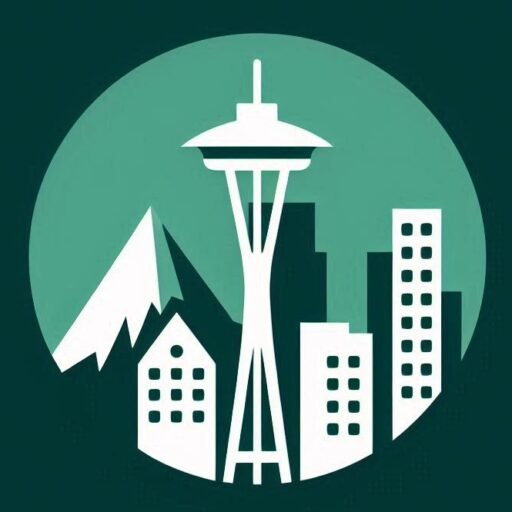Your cart is currently empty!
FOLLOWUP: South Transfer Station closure extended two weeks
 (Seattle Public Utilities photo)
(Seattle Public Utilities photo)
When Seattle Public Utilities announced two months ago that the South Transfer Station in west South Park would close for three-plus weeks for “upgrades,” the target reopening date was August 29. We pinged SPU at the end of last week to ask if they were still on schedule for that. This morning, the reply: No. Here’s the extension announcement:
South Transfer Station Closure Extended Through September 10
Alternative Drop-Off Locations Updated for Seattle ResidentsSeattle Public Utilities (SPU) has extended the temporary closure of the South Transfer Station, located at 130 S. Kenyon Street, until September 10, 2025, to allow critical safety upgrades and give the newly replaced tipping floor sufficient time to reach full strength before reopening to the public. This essential project involves replacing 35,000 square feet of tipping floor used for waste handling to ensure safe, efficient operations and to protect the well-being of staff and the public.
During the extended closure, SPU urges customers to postpone non-essential trips and to make use of alternative disposal options. Please note the following changes:
Now through August 30: Customers with Seattle ZIP codes and small residential loads may use King County’s Bow Lake and Renton Transfer Stations.
August 31 through September 10: Customers with Seattle ZIP codes and small residential loads should instead use Seattle’s North Transfer Station.
Large trailer loads and hydraulic-lift vehicles should continue to use Seattle’s North Transfer Station or WM Eastmont during this time.
Before visiting any transfer station, SPU recommends customers:
-Visit www.seattle.gov/south-transfer-station for a full list of disposal alternatives by material type and load size.
-Confirm hours, accepted items, and fees directly with the alternative facility.
-Sort and secure all loads properly.
-Bring smaller loads and plan for increased traffic at open stations.
-Use the “Where Does It Go?” online tool to explore donation, recycling, or curbside pickup options for common items.
